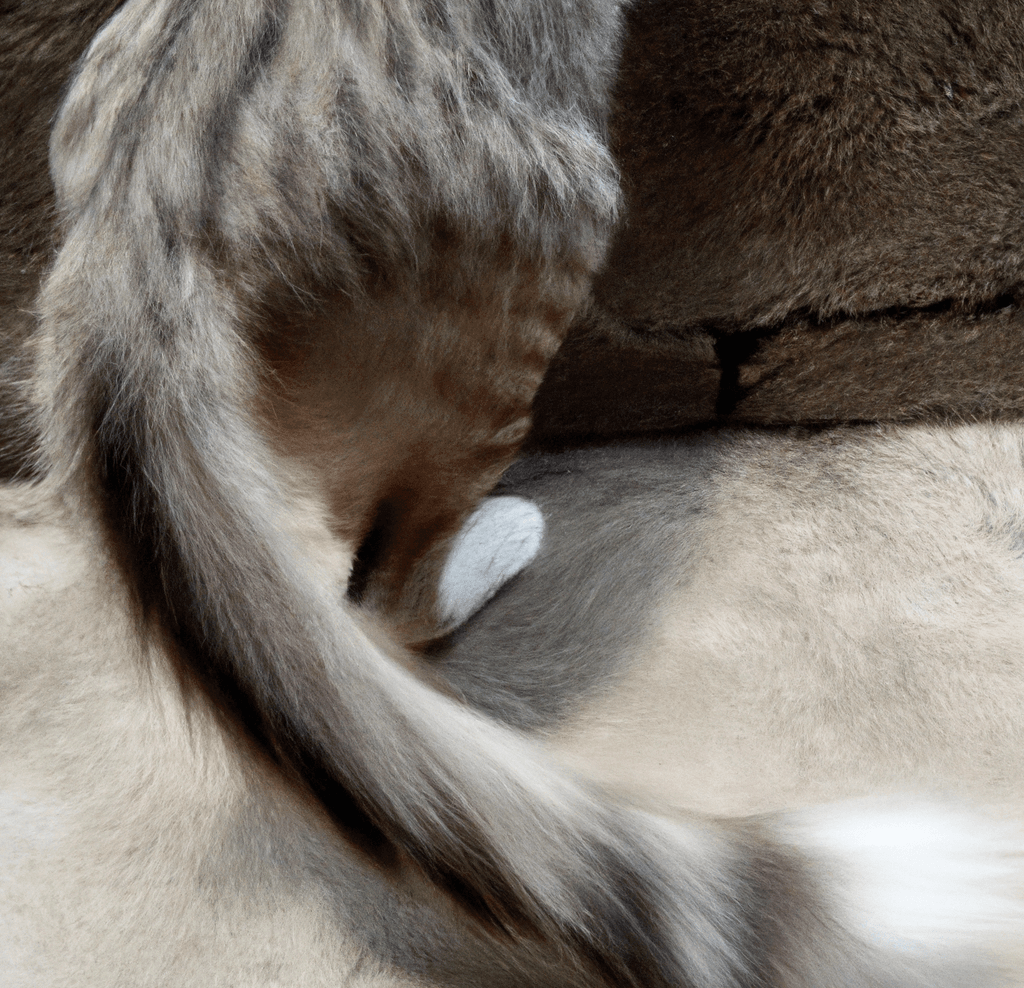Physical Address
304 North Cardinal St.
Dorchester Center, MA 02124
Physical Address
304 North Cardinal St.
Dorchester Center, MA 02124

Cat tails are an integral part of a feline’s anatomy, serving a range of important functions including balance, communication, and expression of emotion. When a cat’s tail moves, it can reveal a wide array of emotions, from happiness and contentment to anger and aggression. But can cats control their tails? In this article, we’ll delve into the science behind feline tail movement and investigate whether cats have control over their tails.
It turns out that the answer is a little more complicated than you might think. While cats do have some control over their tails, various factors such as age, physical condition, and emotional state can impact their ability to control their tail movements. Understanding the role that cat tails play in communication and expression of emotion can help us better understand and interact with our feline friends.
The science behind cat tail control is complex, but it is generally believed that cats have some level of control over the movement of their tails. Cats have a group of muscles at the base of their tails called the tail muscles, which enable them to move their tails in various ways. These muscles are controlled by the central nervous system, which is responsible for coordinating and controlling movement throughout the body.
Examples of cat tail control in action include twitching and flicking the tail when annoyed or agitated, or wagging the tail when excited or happy. Cats can also move their tails in a more subtle manner, such as by raising or lowering the tail when greeting someone or another animal.
It’s worth noting that while cats do have some control over their tails, they may not always be able to control the exact movements or expressions that their tails convey. This is because the tail muscles are also influenced by the cat’s autonomic nervous system, which controls involuntary bodily functions such as heart rate and digestion. This means that a cat’s tail may sometimes reveal its true emotions regardless of whether the cat is consciously trying to control it.
Several factors can impact a cat’s ability to control its tail. One factor is age and development. Kittens may have less control over their tails compared to adult cats, as they are still learning to coordinate their movements. As kittens grow and mature, they generally gain greater control over their tails.
Another factor that can affect cat tail control is the cat’s physical condition. If a cat is experiencing pain or discomfort, it may have difficulty moving its tail as it normally would. Similarly, a cat that is overweight or obese may have less control over its tail due to the extra weight.
Emotional state can also play a role in cat tail control. For example, a cat that is feeling anxious or stressed may have trouble controlling its tail, while a relaxed cat and content may have more control.
In conclusion, scientific evidence suggests that cats do have some control over the movement of their tails. However, the degree of control may vary depending on various factors, including age, physical condition, and emotional state. Understanding the role that cat tails play in communication and expression of emotion can help us better understand and interact with our feline companions.
For more information on cat tail movement and other aspects of feline anatomy and behavior, the following resources may be helpful: